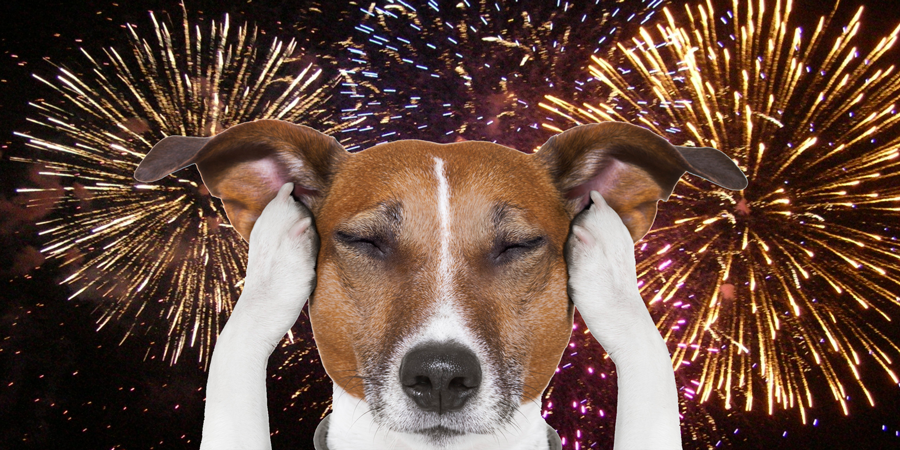Diwali, the festival of lights is a joyous day for everyone. With sweets, lights and games, it is an exciting day to spend with your loved ones. But during this festival, a member of your family needs extra care and safety.
Yes, we are talking about your pets! Even a joyful event like Diwali could turn harmful to dogs and cats if the right precautions are not taken.
Diwali disasters affect pets, the homeless and families ones alike. Animals have a level of hearing and crackers sound might upset your furry family members. Here is how you can ensure a safe and happy Diwali for your pets.
Why celebrate a Pet-friendly Diwali
What would a celebration be if our best buddies did not enjoy it?
Pets are extremely sensitive to loud noises and flashing lights. Some pets even end up with health issues and mental distress because of the commotion caused by a celebration that has fireworks and other pet-toxic substances.
And the pollution and mess caused by bursting fireworks are not just harmful to the environment but at times are ingested by innocent strays, leading to death.
In Diwali, pets run to comfortable hiding places because they think of cracker noises as danger and want to run to safety.
The sound of firecrackers is not natural sound and it causes immense stress to the pet animals. It is reported that many sensitive animals even die of such stress. Therefore, you should feed your pets before Diwali celebration and try to keep them indoors. Further, the pet owners should not tie their dogs in gardens and keep a watch on them, as animals in a state of panic tend to run away.
Pet-friendly crackers
The best solution to keep your pets safe as well as to celebrate Diwali in the traditional way is using pet friendly crackers. You can use no-noise crackers to ensure the safety of your pet.
You should make your pet sit at a safe distance in order to avoid any accident. Furthermore, the market has a variety of dog accessories like ear muffs to cut out on the noise.
Try to burst crackers on the terrace
It is not possible to put a stop to the cracker bursting, as festivals have a tremendous emotive value for people but the least you can do is to be a little compassionate. Therefore, instead of bursting crackers on the road where strays or pets can and do get injured, cracker bursting can be done on the terrace.
Some tips:
• You should ensure that you are always around your pet.
• You should make sure that your pet is not hungry or thirsty.
• Try to use dog accessories like ear muffs etc.
• You can use crackers like phuljhadi and chakri around your pet so as to reduce noise level.
Go Green
Try going green this Diwali by not bursting crackers and instead lighting earthen lamps. This will not only save your money but also save the community from the harmful effects of noise and air pollution.
Keep your dog away from the sweets
With your home filled with sweets, your pet is probably running towards you asking for a treat. But do not feed your dog any sweets, as Indians sweets generally have ingredients that can cause allergies to dogs and , in some cases, can even be toxic to your pet.
First aid kits for pets
Have an emergency kit at hand, with all the needed essentials for your pet. So, in case of an unforeseen situation you have the tools to give your pet immediate care and assistance.
Play with your pet
Include your pet in festivities. With family gathered at home, the most excited member will probably be your dog. Try to play with your pet as they will be thrilled to have a play time with you.





